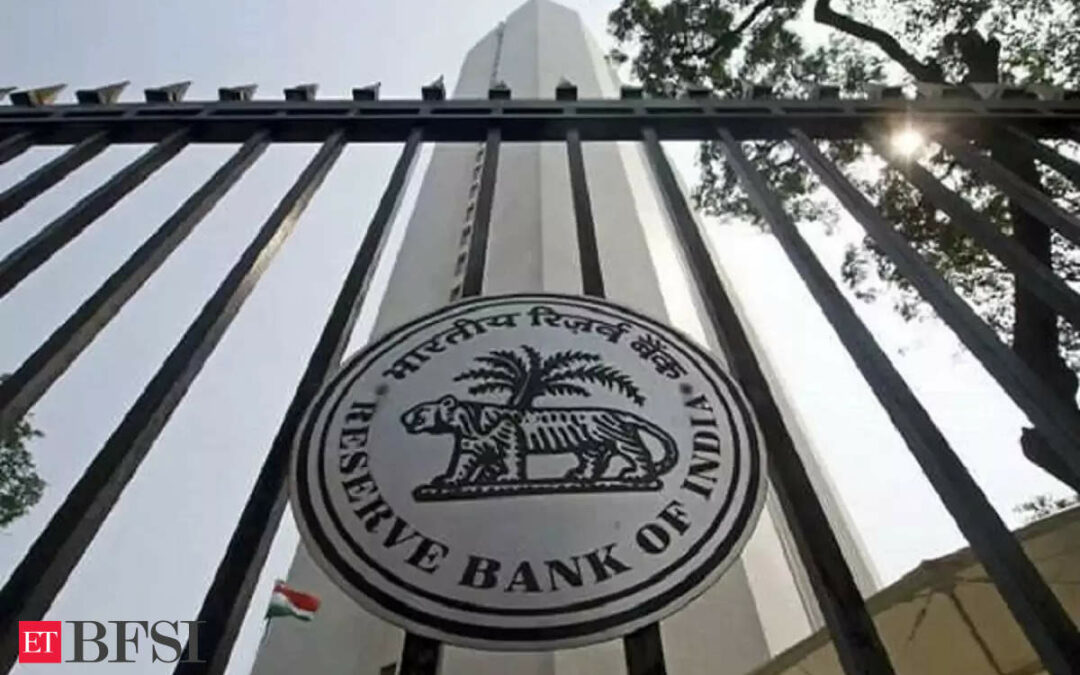Mumbai: The Reserve Bank of India (RBI) has, of late, introduced some tweaks to its strategy of forex interventions to allow sporadic flows into the banking system and help partially plug a liquidity gap that has caused short-term borrowing costs for banks and corporates to jump.
Multiple currency market traders told ET that over the past few weeks, the central bank has opted not to sterilise some of the rupee liquidity that arises when overseas investment flows into the local markets. Sterilisation is a process where the central bank neutralises the liquidity impact of dollar purchases by either selling bonds or through transactions in the forwards market that helps keep the rupees in the system at its desired level.
However, the direction of equity gauges would determine the efficacy – and longevity – of the plan. The gauges turned negative in January after two months of purchases. However, foreign inflows into bond markets remain positive this month.
“Sterilisation means that in order to prevent money market liquidity from being impacted, the RBI converts purchases in the spot market into a forward purchase through a sell-buy swap. That may not be happening much (right now). The reason being simple – money market liquidity is tight,” said Anindya Banerjee, Kotak Securities’ vice president, currency derivatives.
An email to the RBI remained unanswered until the publication of this report.
When overseas investment flows into India, the RBI typically purchases dollars and builds its reserves. When the central bank buys dollars, it infuses rupee liquidity into the banking system.
Depending on its stance on inflation and monetary policy, the RBI can choose to ‘sterilise’ this liquidity inflow by contracting to sell dollars to banks immediately in the forward market and buy them back at a later date. Given that dollar sales drain out rupees from the banking system, the immediate net effect works out to be neutral for liquidity.
Over the past few weeks, however, given a sustained liquidity deficit in the banking system, the RBI has chosen to let some rupee funds flow into the banking system by holding off on some of the sterilisation, traders said.
“In the week ending January 19, there was an inflow of around ₹10,000 crore. Over the last 10-12 days we have seen some unsterilised intervention in the spot market,” said a senior executive at a foreign bank.










